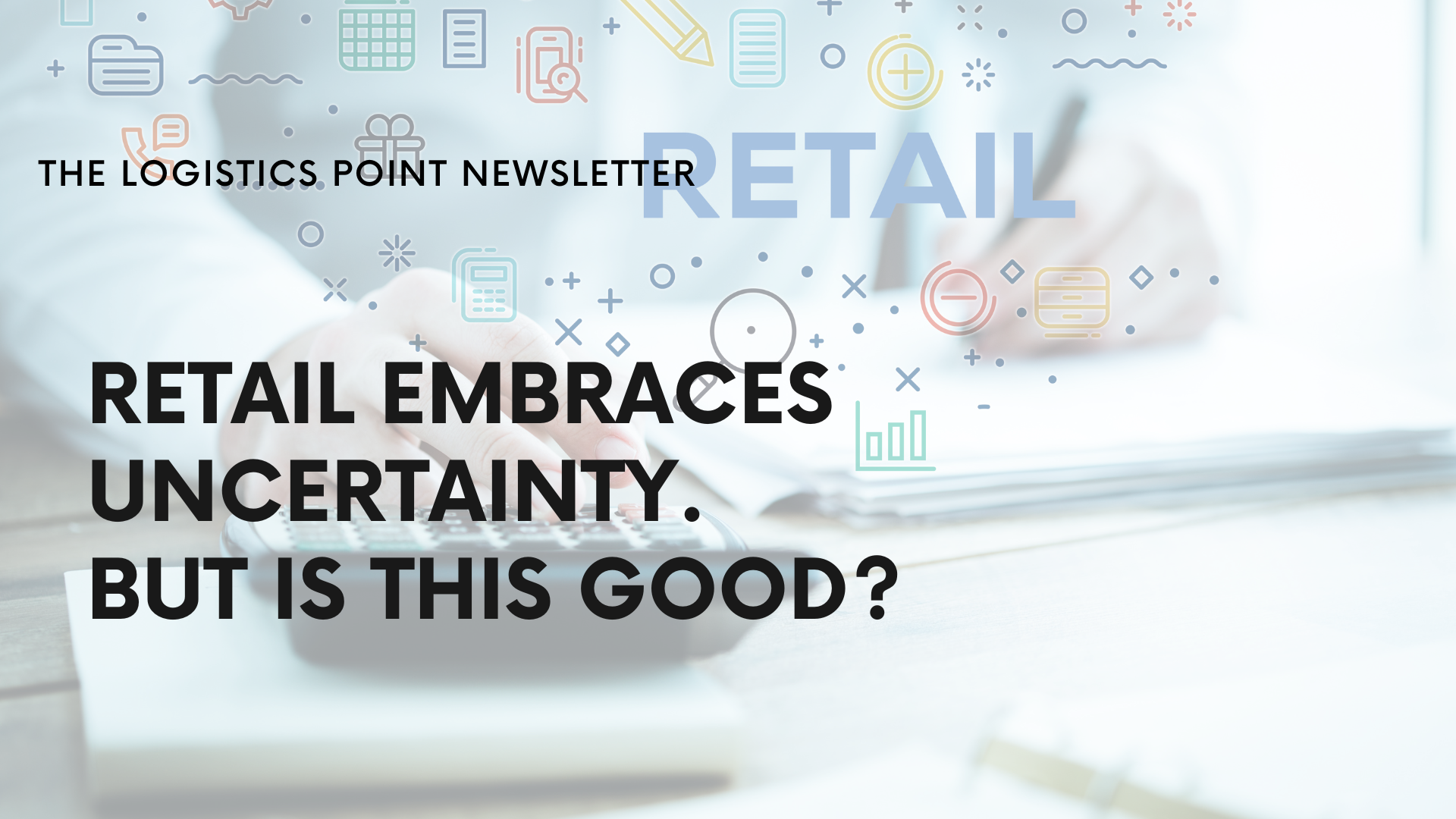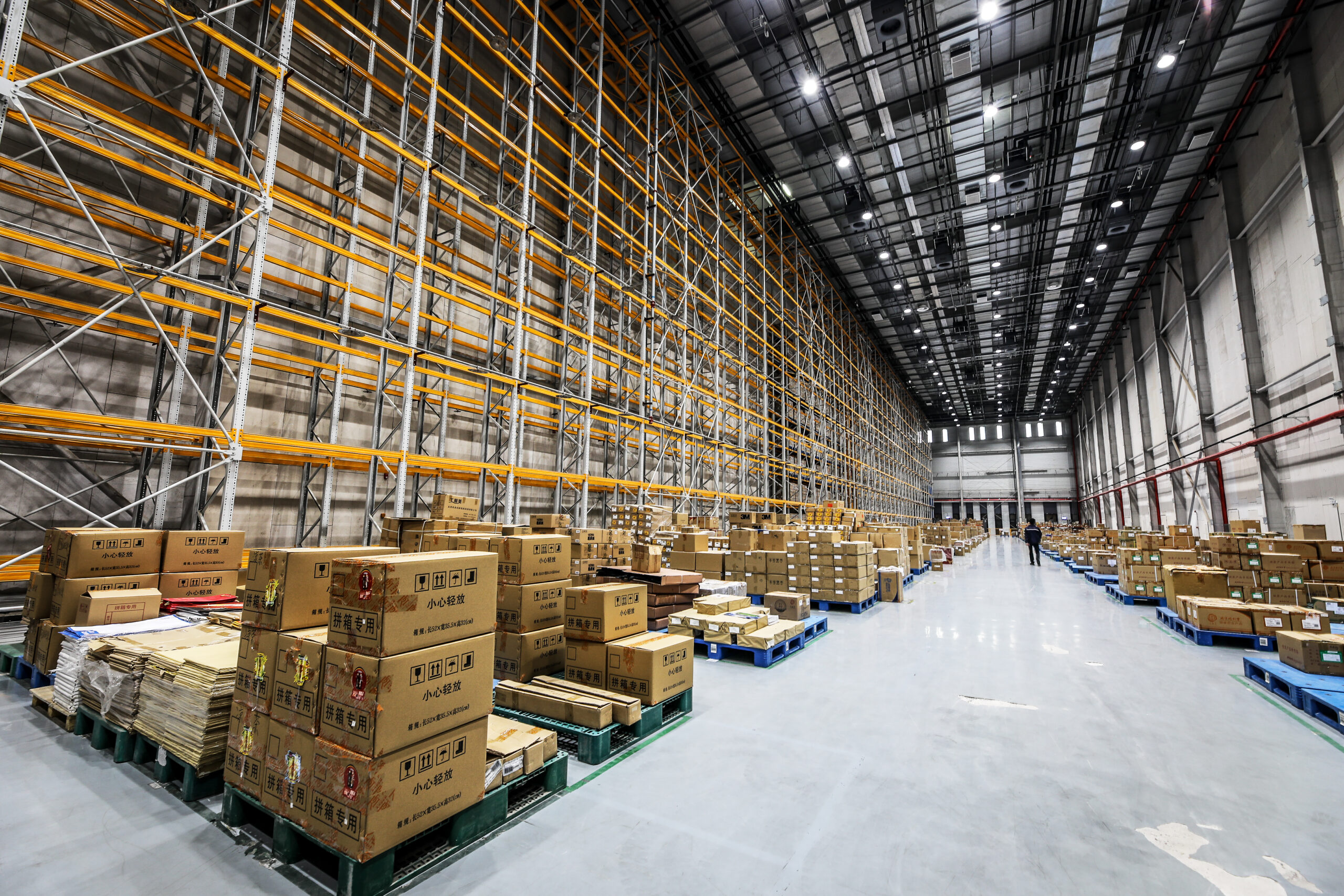Retailers of all sizes have accepted that supply levels will not be as stable as they used to be. Consumers have also become more willing to forgive empty shelves. But is this a good thing? We spoke to Jeff Bornino, President of North America at TMX Transform, about how the North American market has transformed but also how global problems are shifting the way retailers all around the world transform their infrastructure.

“We have a new normal in the retail industry, but I can’t say it is a good thing,” starts Jeff Bornino, President, North America at TMX Transform. Retailers have accepted a level of Out-of-Stocks that they would not have been okay with pre-pandemic. Customers are also more accepting of items missing on the shelves. Overall performance has worsened, and people simply view it as “the way things are” now.
Understanding why this is happening is not an easy task. Part of it might be because retailers are reluctant to remove underperforming items from their assortment or hold suppliers accountable to pre-pandemic execution levels. On the other side lead times for certain goods have increased dramatically causing even more reliance on forecast accuracy.

Join TMX Transform on the 28th November for a one-of-a-kind logistics event. Let’s talk about how urban spaces are transforming and what the impact on logistics is.
The other speakers include:
Gary Rosier-Taylor from Descartes;
Nicholas Marquardt from Zoomo;
Elizabeth Selby from Bexley Beaumont;
Get your Early Bird ticket until the 28th November for a discount!
“There are many items that retailers still can’t get in the quantities that they need,” explains Bornino. He recommends a reality check on which SKUs are being carried and urges retailers to not put up with service levels that are creating out-of-stocks for their customers.
Suppliers might be responding slower because of the changed dynamic in the way consumers are purchasing items. “There’s still an uncertainty about how that’s going to level off over time,” Bornino says. Suppliers might be manufacturing too much of the wrong item and on the other end, retailers are buying things that might not be as sought after as once before.
Forecasting has also become a problem. Volatility in demand is not helping and patterns have shifted. There is a belief that retailers need to have more inventory for just-in-case of some items, which is causing capacity challenges, higher operational costs, and even out-of-stocks on adjacent products. Demand volatility has been especially challenging in the frozen foods category throughout the US.
All of the above, coupled with ongoing labor challenges, has increased the interest in automation amongst both retailers and manufacturers. Clients are now looking for solutions with more urgency than ever before. Their existing infrastructure was not created to operate at the new demand levels which is causing them to consider a variety of automation solutions in both their existing facilities as well as potential new operations.
Companies are also beginning to consider network optimization; questioning whether they have the right number of facilities, the design of those facilities, and whether or not they are in the right locations. The concept of redundancy has become far more
important than ever before, both from an internal network perspective as well as from a sourcing standpoint. Organizations are working with more suppliers than ever before to make sure that they have adequate supply in case of additional demand fluctuations. Others are expanding their own internal operations to allow for increased inventory levels and to create secondary distribution points. On the other side, some are consolidating facilities because they see an opportunity to become more efficient.
Bornino says that the solution will be different depending on each individual case. For some clients expansion makes more sense while consolidation would be more appropriate for others. The key is to consider a variety of “what if” scenarios before making the final decision on what the network should look like. ✷


